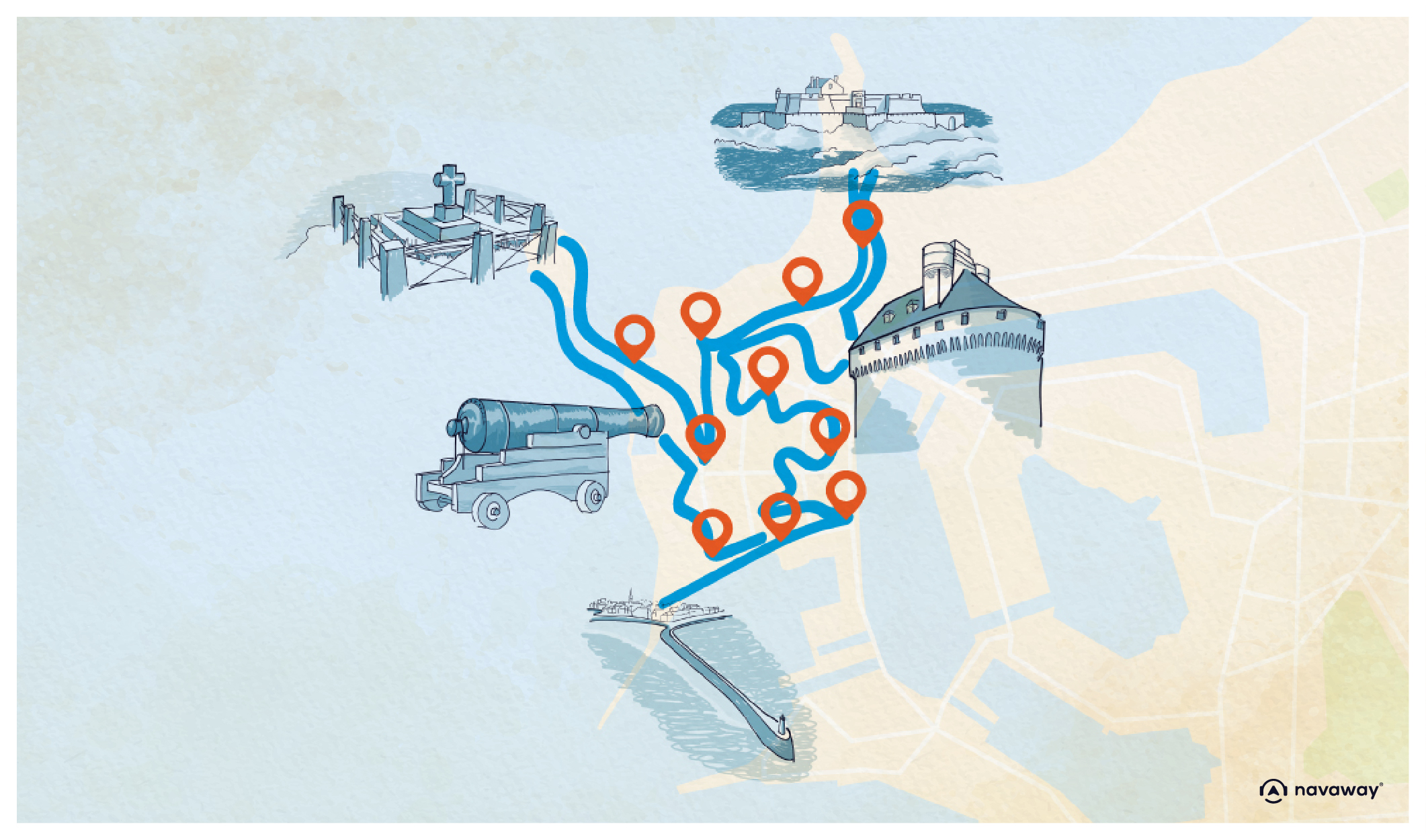
Saint-Thomas Gate
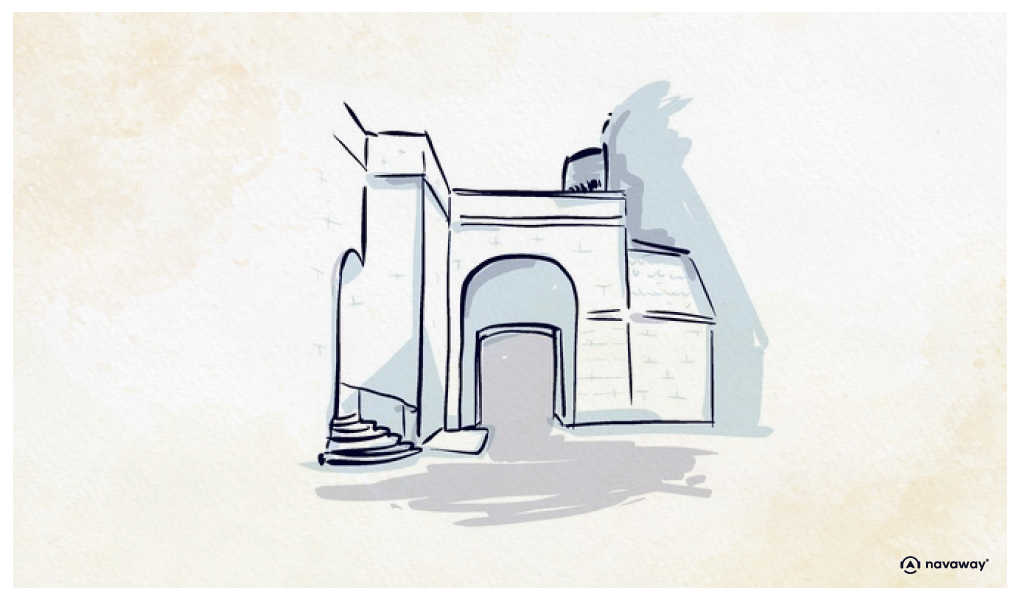
This point of interest is available as audio on the tour: Visit Saint-Malo, All hands on deck !
Let’s talk about Saint Thomas Gate, built in 1740 during the city’s expansion. It used to be called the Sillon Gate because it led to the sandy stretch linking Saint-Malo to the mainland. Nowadays, it’s the third gate to be named Saint-Thomas. The first one gave access to the castle, and the second was near the Quic en Groigne tower. It’s also near this gate that, in the 1830s, the “Bureau des Bains” meaning the bath office was set up. It’s worth knowing that before the 19th century, people didn’t go to the beach. Seaside tourism was born in Great Britain, where seawater was used like thermal water for its therapeutic virtues. The phenomenon then spread across the English Channel to the Normandy coast. With the arrival of the railway, it spread everywhere else. If you had visited Saint-Malo two centuries earlier, you would have gone to the baths office to rent deck chairs and mobile cabins, pulled by horses for changing. But beware, no swimsuits on the horizon yet; men and women enjoyed separate beaches and swam fully clothed. Now, let’s move on to the National Fort, but remember: “Only go there at low tide – I repeat, low tide!” If you can’t make it then, you can always come back later or just watch it from a distance. And if you can’t access the fort, don’t worry – keep walking along the ramparts until you get to the Queen’s Fort bastion.


Discover Saint-Malo with app
An interactive guide through the most beautiful streets, squares, and districts
29 fun audioguides full of historical facts, anecdotes, and legends
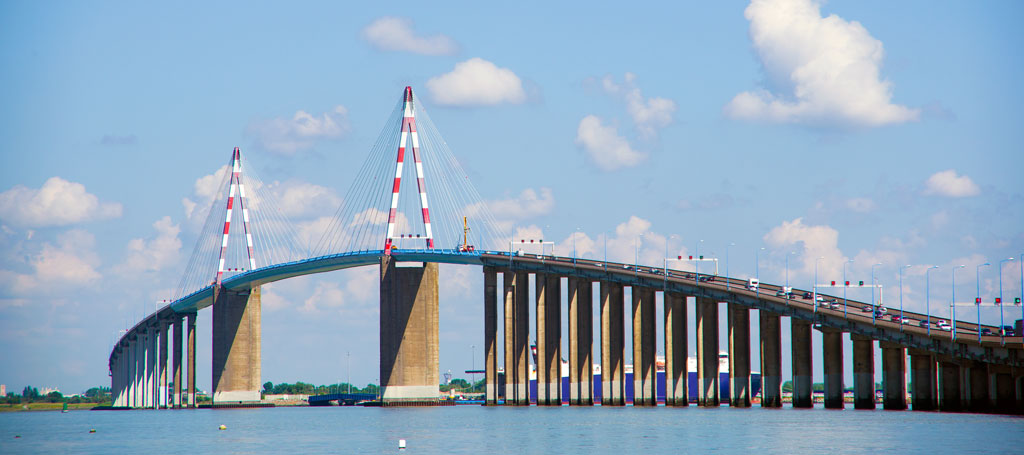
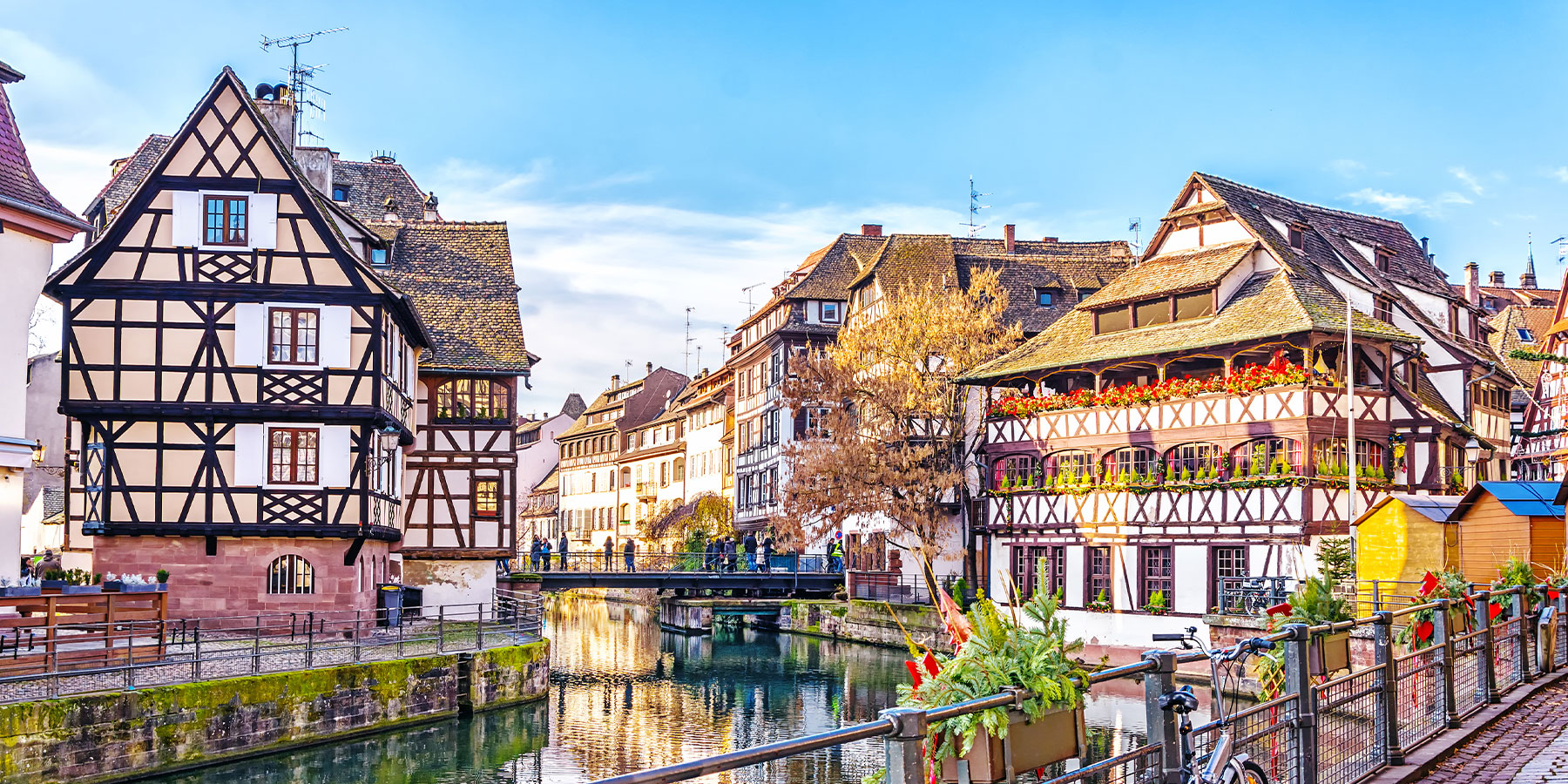
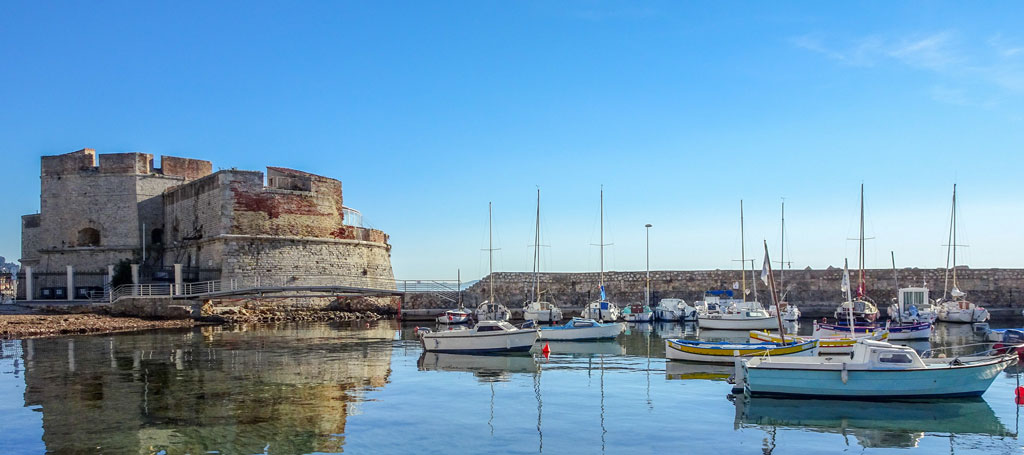


Comments